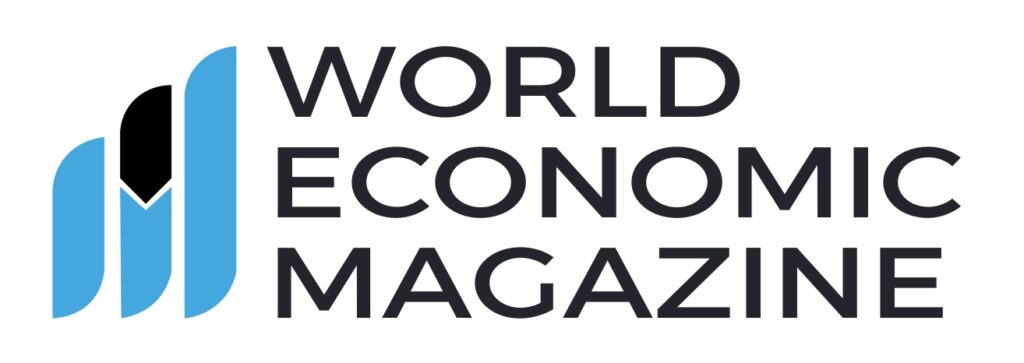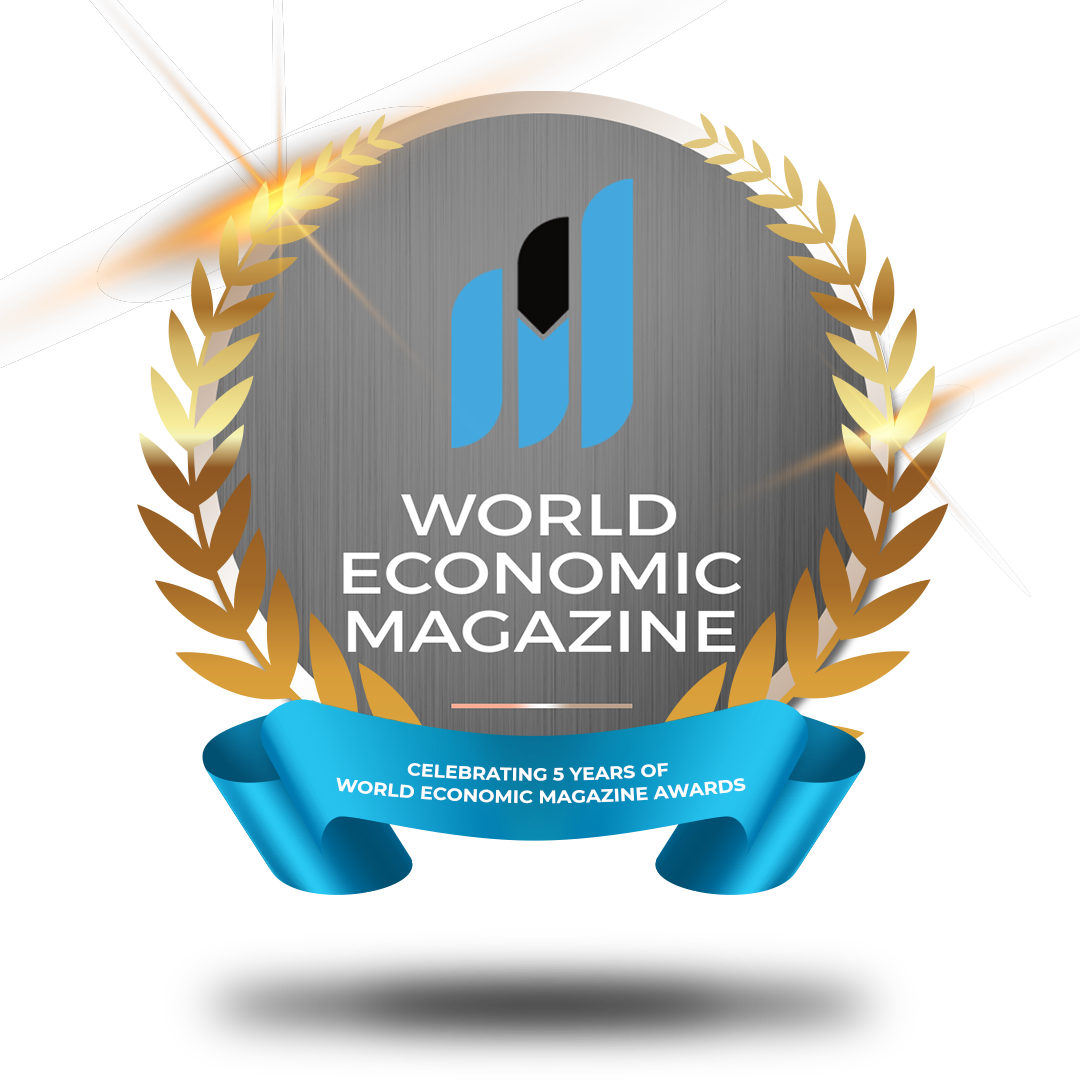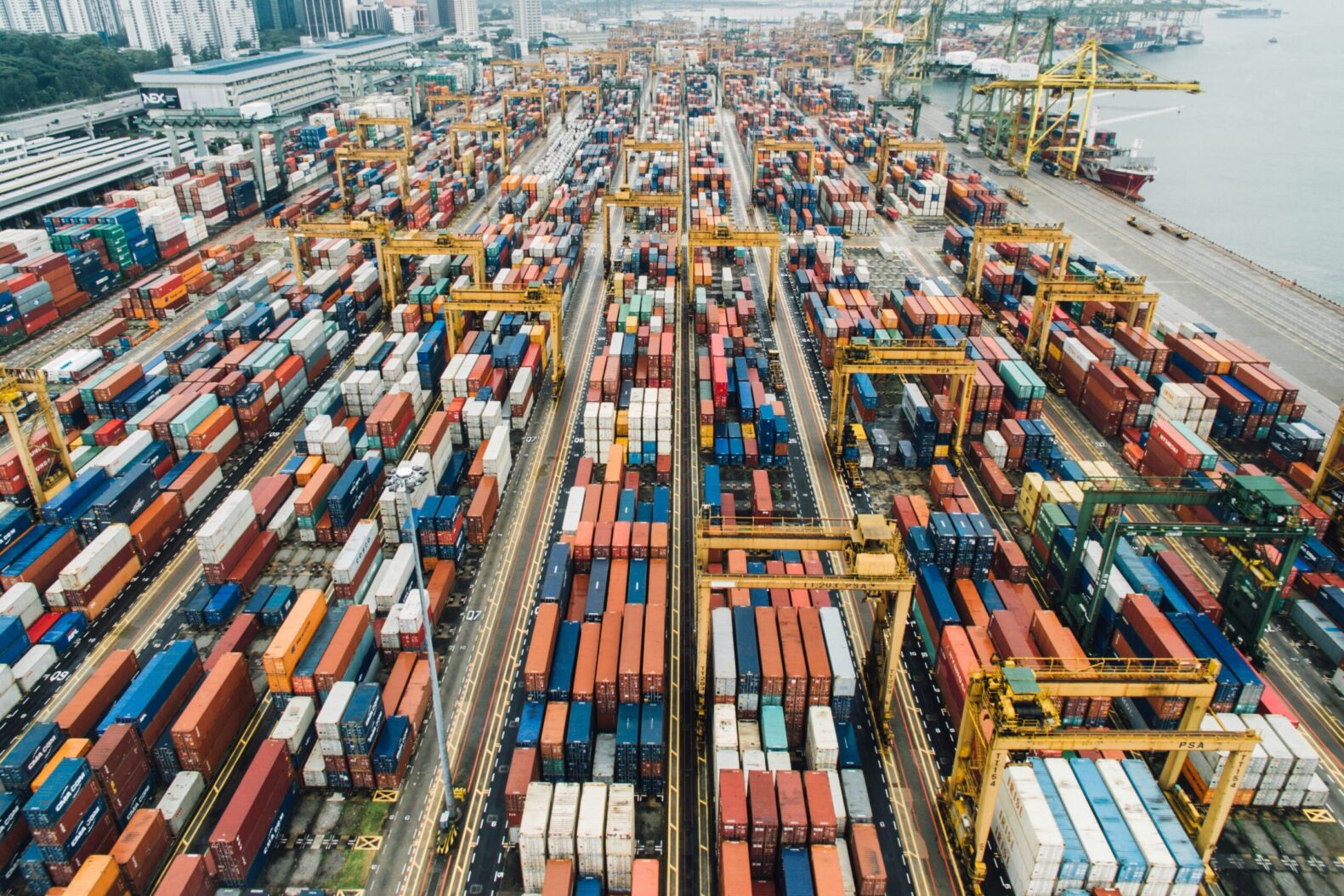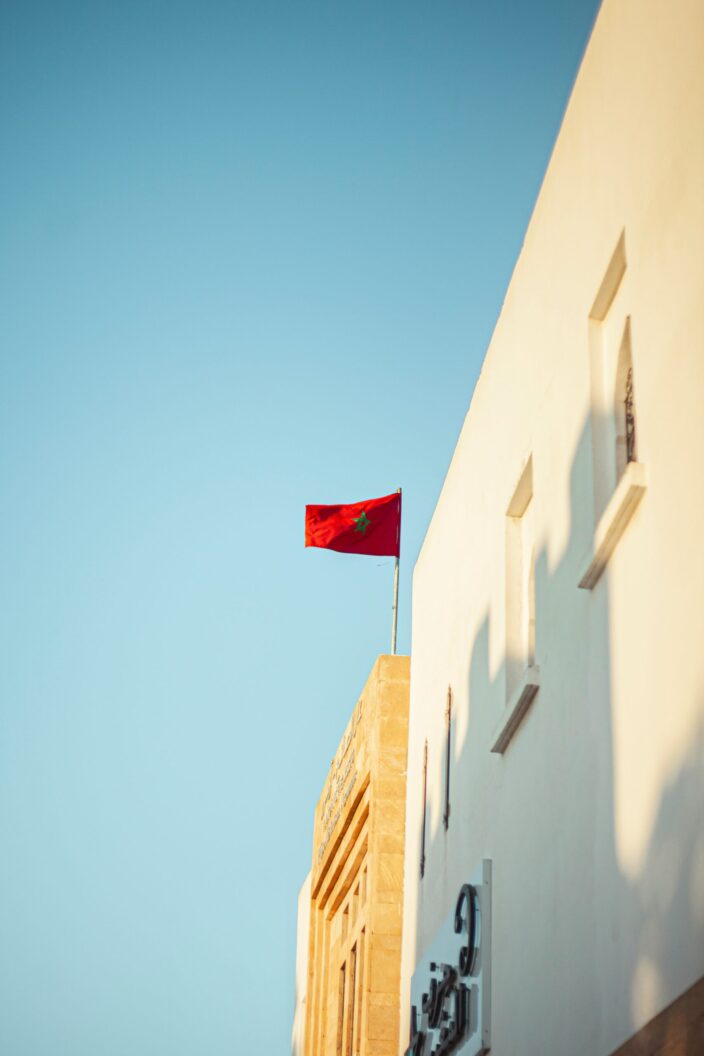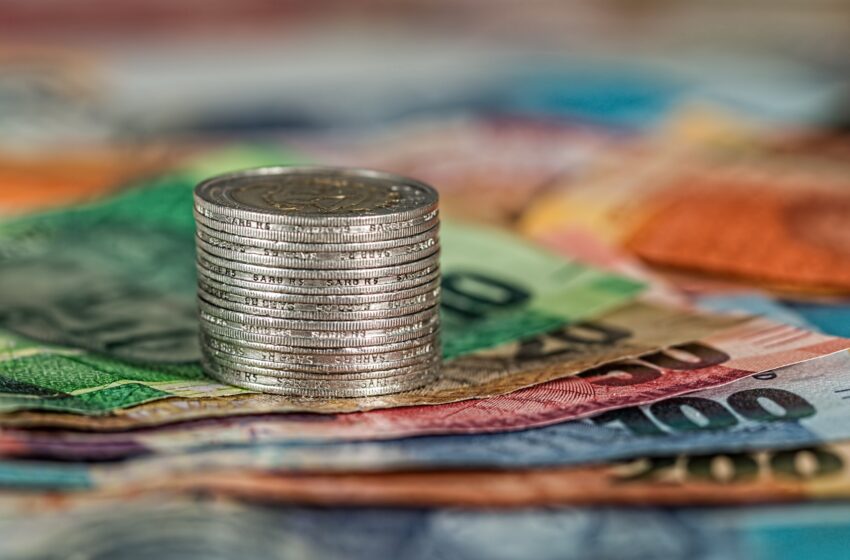
The Philippine Economic Landscape, Challenges and Prospects Amidst Shifting Tides
In economics, forecasts and trends often paint a vivid picture of a nation’s financial health and readiness to tackle future challenges. In this context, the recent adjustments made by the OECD Development Center to its growth forecast for the Philippine economy have garnered significant attention.
Revised Growth Projections
The OECD Development Center revised its 2023 growth projection for the Philippines, now estimating a growth rate of 5.6% instead of the previously anticipated 5.7%. While this might seem like a marginal adjustment, it carries significant implications for the country’s economic landscape.
Factors Driving the Revision
The reasons behind this adjustment are multifaceted, reflecting the complexities of the global economic stage. One prominent factor is the impact of high interest rates on pent-up demand for goods and services. The report highlights that this effect was observed in the Philippines during the first quarter of 2023.
Pent-Up Demand and Its Consequences
The first quarter of 2023 witnessed robust economic expansion driven by pent-up demand. However, the report notes that this growth was tempered by higher inflation and significant borrowing costs, stemming from assertive monetary tightening by the Bangko Sentral ng Pilipinas (BSP). These factors subsequently led to a decline in private consumption and investments, resulting in a weakened economy in the second quarter. The second quarter saw a real GDP growth of just 4.3%, the lowest in nearly 12 years.
The Role of Government Spending
Looking ahead to the second semester of 2023, the OECD Development Center anticipates that government spending will be a crucial driver of Philippine GDP growth. This rebound is expected to counteract the 7.1% contraction experienced in the second quarter, thanks to catch-up plans and the frontloading of programs and projects.
Inflation Dynamics
Beyond growth figures, inflation dynamics are also crucial to the economic outlook. While headline inflation has shown signs of deceleration, the report highlights that core inflation remains elevated, albeit moderating slightly. Core inflation excludes volatile items like food and energy from its calculations.
Factors Influencing Inflation
The report sheds light on several factors contributing to inflation pressures in the Philippines. These include the looming threat of El Niño affecting agricultural output, wage increases in urban sectors, and the enduring restrictive policies of the US Federal Reserve and the European Central Bank. In response to these pressures, the Philippine central bank is expected to maintain a high-interest rate regime, potentially further impacting GDP growth should pent-up demand ease.
The Path Forward
The nation faces a delicate balancing act as the Philippines navigates these economic currents. Striking the equilibrium between growth and inflation control will determine its economic trajectory. Moreover, it underscores the need for proactive policies to address inflation drivers, foster sustainable growth, and ensure a prosperous future for the Philippines on the global economic stage.

